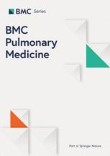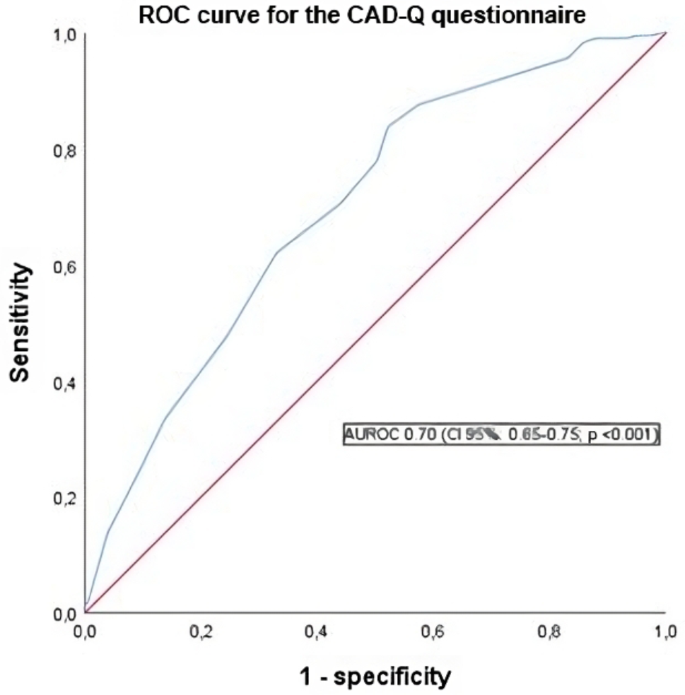
Lozano-Forero, A., Tuta-Quintero, E., Bastidas, A.R. et al. BMC Pulm Med 25, 20 (2025). https://doi.org/10.1186/s12890-025-03492-5
Abstract
Background
Chronic obstructive pulmonary disease (COPD) and asthma are the two most prevalent chronic respiratory diseases, significantly impacting public health. Utilizing clinical questionnaires to identify and differentiate patients with COPD and asthma for further diagnostic procedures has emerged as an effective strategy to address this issue. We developed a new diagnostic tool, the COPD-Asthma Differentiation Questionnaire (CAD-Q), to differentiate between COPD and asthma in adults.
Methods
A cross-sectional study with diagnostic test analysis was done. Relevant clinical variables for diagnosing COPD and asthma were identified through crude Odds Ratios (OR) and a logistic regression model provided adjusted ORs. The CAD-Q, including sensitivity, specificity, predictive values, likelihood ratios, and ROC-curve, was compared to the LFQ, CDQ, PUMA, “Could it be COPD,” and COPD-PS questionnaires.
Results

235 (52.9%) patients had COPD and 209 (47.1%) had asthma. A score ≥ 20 on the CAD-Q questionnaire showed a ROC-curve of 70% (95% CI: 65–75; p < 0.001) with a sensitivity of 83.8% (95% CI: 81.1–86.6), specificity of 47.8% (95% CI: 44.1–51.6), positive predictive value of 37.8% (95% CI: 34.2–41.5), negative predictive value of 88.7% (95% CI: 86.3–91), LR + of 1.61 (95% CI: 1.447–1.786), LR − of 0.34 (95% CI: 0.304–0.376) for diagnosing COPD. When comparing CAD-Q with other questionnaires for differentiating COPD and asthma, CAD-Q and CDQ had the highest sensitivity (83.8% and 77.9%). PUMA and “Could it be COPD” had the highest specificity (62.7% and 62.6%). CAD-Q and COPD-PS showed the highest negative predictive values (88.7% and 62.1%). CAD-Q, LFQ, and CDQ had the highest a ROC-curve (70%, 66%, and 66%).
Conclusion
The CAD-Q questionnaire effectively discriminated between COPD and asthma, outperforming previous tools. These findings support further research and refinement of diagnostic tools and call for validation in diverse clinical settings.
